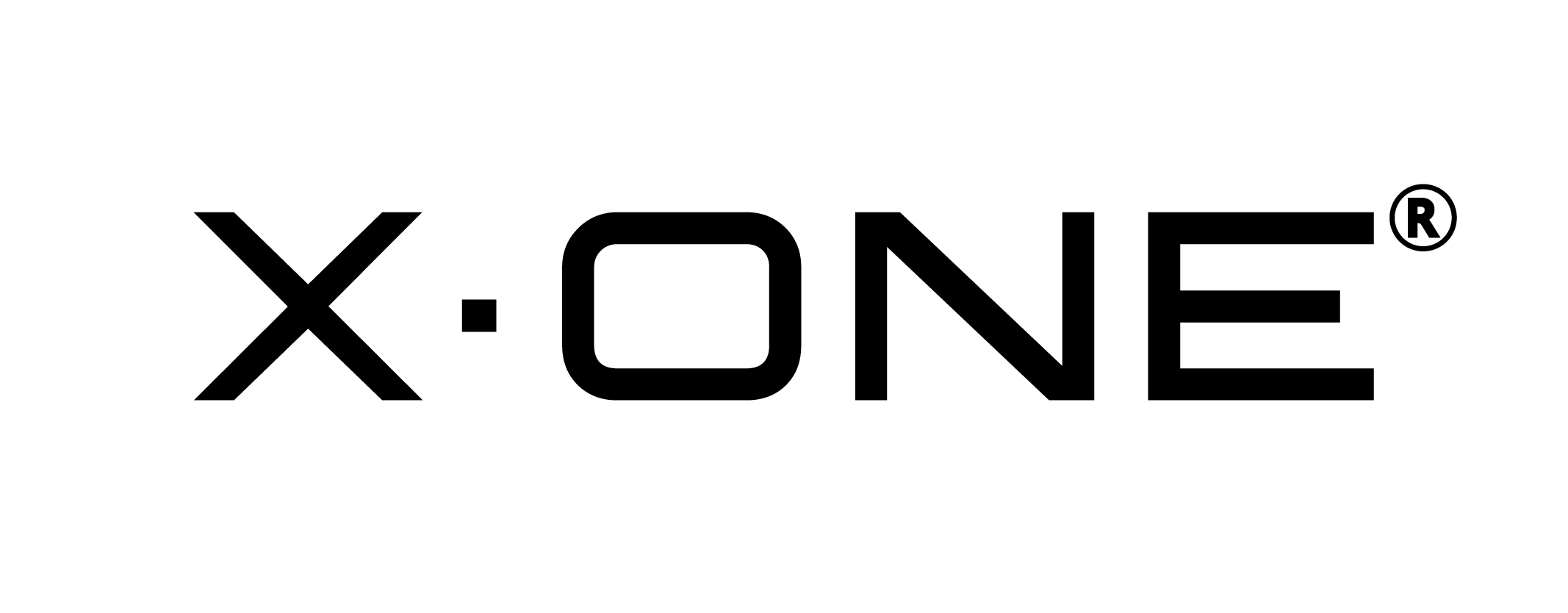In-Depth Comparison Between GaN Chargers and PD Chargers
Mobile devices have become an integral part of our daily lives, but the constant need for charging remains a concern.
Selecting the right charger is crucial, and in today's market, two prominent options stand out: GaN Chargers and PD Chargers.
This article will get into detailed comparison of these two charging technologies.
What is GaN and PD charger?
GaN chargers, or Gallium Nitride, are designed to enhance charging efficiency while simultaneously reducing size and weight.
On the flip side, PD chargers, or Power Delivery chargers, facilitate faster charging by supporting higher wattage.
A key distinction between GaN chargers and PD chargers lies in their charging speed.

How it works?
GaN chargers are renowned for their rapid charging capabilities, boasting the ability to charge devices up to three times faster than traditional chargers, thanks to their higher power density.
PD chargers, while not matching the speed of GaN chargers, still offer impressive charging speeds, capable of charging devices up to four times faster than traditional chargers.
Advantages of both GaN and PD charger
When it comes to size and weight, GaN chargers take the lead, being smaller and lighter compared to PD chargers.
This is attributed to the use of Gallium Nitride, a lighter and more efficient material than what traditional chargers employ.
While PD chargers maintain a compact design, they tend to be slightly larger and heavier than their GaN counterparts.
Both GaN and PD chargers exhibit compatibility with various devices such as smartphones, laptops, and tablets.
However, PD chargers are commonly associated with USB-C devices, whereas GaN chargers are versatile, supporting both USB-C and USB-A devices.
Recommend GaN Chargers
X.One GaN Charger: While there are several GaN chargers coming into the market, it’s best to consider a reliable brand before purchasing.
X.One GaN charger can be a great choice for you. The X.One GaN Charger Line uses GaN technology that allows for smaller, lighter and more efficient charger production than a silicon-based chargers.
These chargers generate less heat, which makes them safe and durable electronic accessories.
They are small, compact, and portable, so they are easy to carry around in a purse or backpack.
Key Features:
- High power output from 65W to 140W for super-fast charging.
- Multiple ports support, including USB-C and USB-A ports.
- Highly energy efficient
- Multiple device compatibility
- Equipped with Power AI™ Distribution, Climate Control Cooling System, and Secure Fast Charge.
Recommend PD Fast Charger
X.One PD Fast Charger: Many reliable, popular brands are offering PD chargers in the market.
However, X.One can be a reliable choice with its advanced X.One PD Fast Charger Line, presenting a series of fast-charging dual port power delivery chargers.
They can deliver up to 30W of power output for quick and efficient charging.
They come with multiple ports, including USB-C and USB-A, to charge multiple devices simultaneously.
Key Features:
- Build for iPhone. 30W Power Delivery to fast charge your iPhone from 0-60% in just 30 minutes. Charge 6X faster than your standard iPhone 5W charger.
- Dual Port Charging. Charge 2 devices simultaneously
- Universal compatibility. Supports multiple charging protocols such as Power Delivery 3.0/2.0, Qualcomm Quick Charge 4+/3.0 and Huawei Fast Charge Protocol.
- Safe and Reliable. Built-in intelligent smartchips to prevent your phone from excessive current, overcharging or overheating.
- Compact and Portable. Ideal size to carry with while travel.
- Eco Grade Material. Made from 35% biodegradable materials.
Final words
In summary, the choice between GaN chargers and PD chargers depends on individual needs and preferences.
GaN chargers excel in fast charging and a compact design, making them ideal for users prioritizing speed and portability.
On the other hand, PD chargers are recognized for their compatibility with USB-C devices and the advanced Power Delivery technology, catering to users seeking a versatile and future-proof charging solution.
Ultimately, the "better" choice rests on the specific requirements of the user.





Leave a comment
This site is protected by hCaptcha and the hCaptcha Privacy Policy and Terms of Service apply.